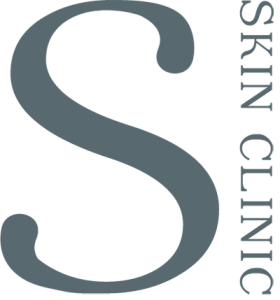Acne scarring, a persistent concern for those who have wrestled with severe or enduring acne, unfolds as a complex narrative in the canvas of dermatological challenges. Delving deeper into the intricate facets of acne scarring, we aim to unravel the diverse types, probe into the root causes, and navigate the maze of preventive strategies for effective management and treatment.
Types of Acne Scarring:
- Atrophic Scarring:
Characterized by a loss of tissue, atrophic scarring leaves depressions or pits in the skin. The subtypes—icepick, boxcar, and rolling scars—underscore the intricate variations within this type. - Hypertrophic Scarring:
In contrast, hypertrophic scars emerge as raised masses of tissue around acne sites, a result of excessive collagen production during the healing process. - Post-Inflammatory Hyperpigmentation (PIH):
While not a true scar, PIH manifests as darkened skin after acne-related inflammation subsides, with a higher prevalence in individuals with darker skin tones.
Causes of Acne Scarring:
Acne scars develop as a consequence of skin damage during the healing of acne lesions. Inflammatory acne, particularly when subjected to picking or squeezing, heightens the likelihood of scarring. The severity is influenced by factors such as the depth and type of acne lesions, genetic predisposition, improper treatment, and delays in seeking appropriate care.
Preventing Acne Scarring:
- Early and Effective Acne Treatment:
Swift professional intervention is crucial to minimize the duration and intensity of acne outbreaks, thereby reducing the likelihood of scarring. - Hands-Off Approach:
Resisting the urge to pick, pop, or squeeze acne lesions is paramount to prevent further inflammation and skin damage. - Sun Protection:
Shielding the skin from the sun using sunscreen helps prevent exacerbation of hyperpigmentation, making scars less noticeable. - Proper Skincare Routine:
A gentle skincare routine tailored to individual skin types, avoiding harsh scrubs, plays a pivotal role in scar prevention. - Consulting a Dermatologist:
Seeking guidance from a dermatologist specializing in acne scar treatment is essential for personalized recommendations and treatment plans. Options may include laser therapy, chemical peels, microneedling, or dermal fillers.
Conclusion:
Understanding the intricate nuances of acne scarring is fundamental to mitigating its impact and improving overall skin health. Through a proactive approach to acne management and timely intervention, individuals can significantly reduce the risk of scarring. Consulting with a reputable dermatologist and adhering to a holistic preventive strategy ensures a path toward clearer, healthier skin.



